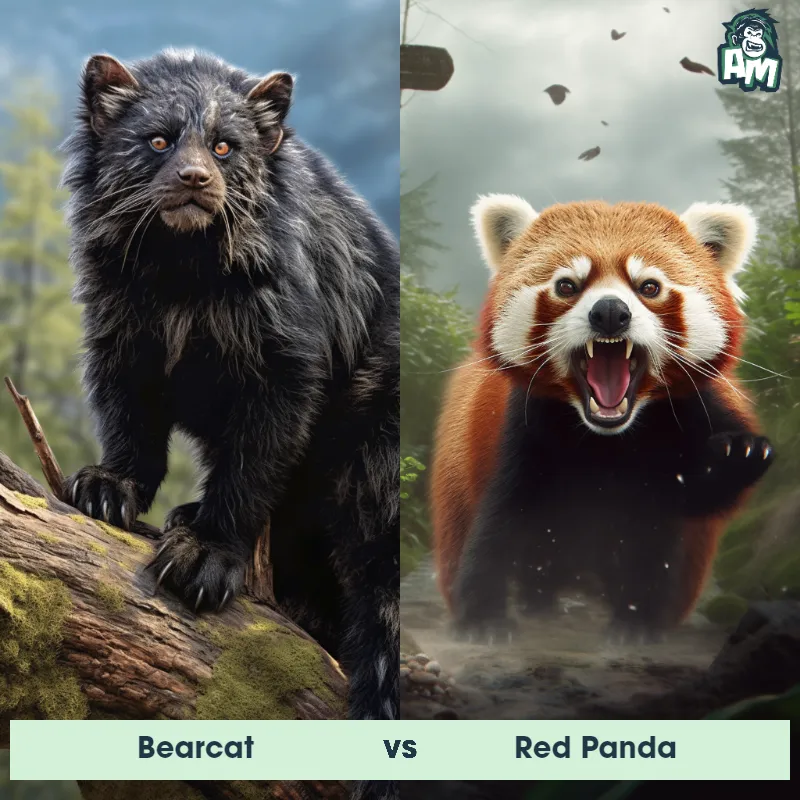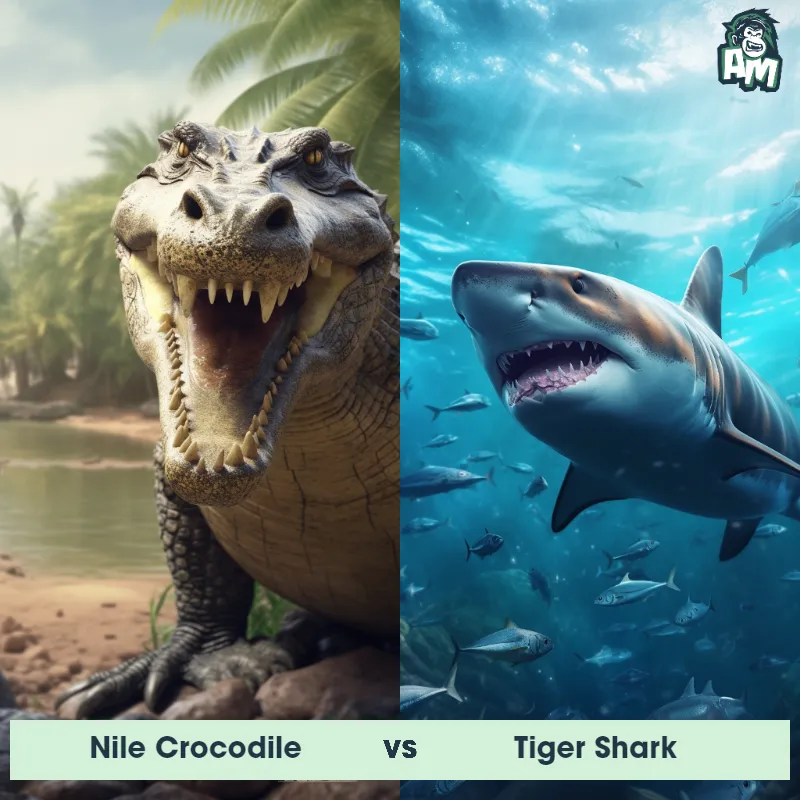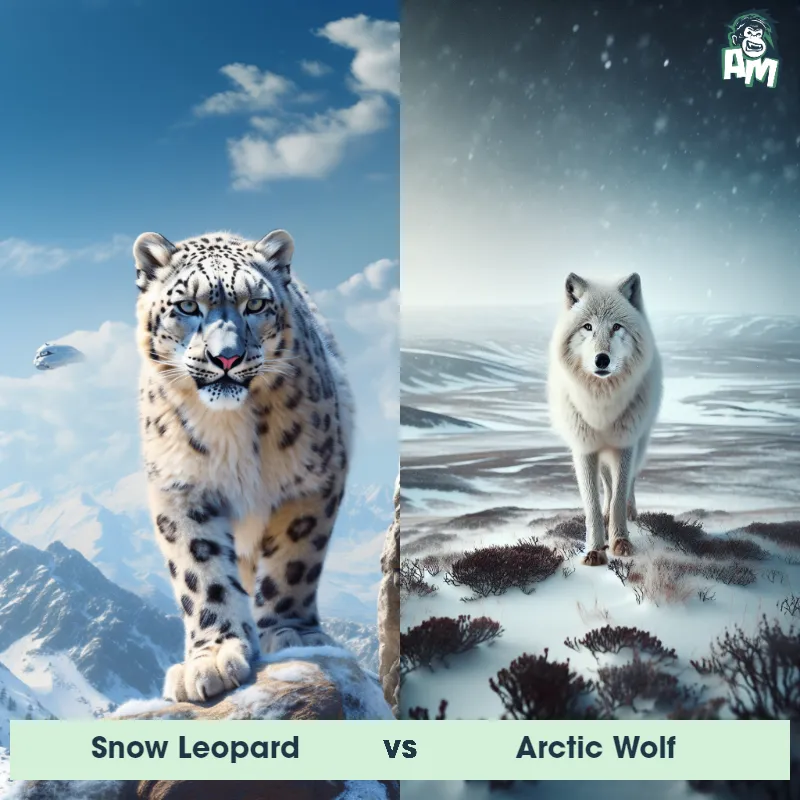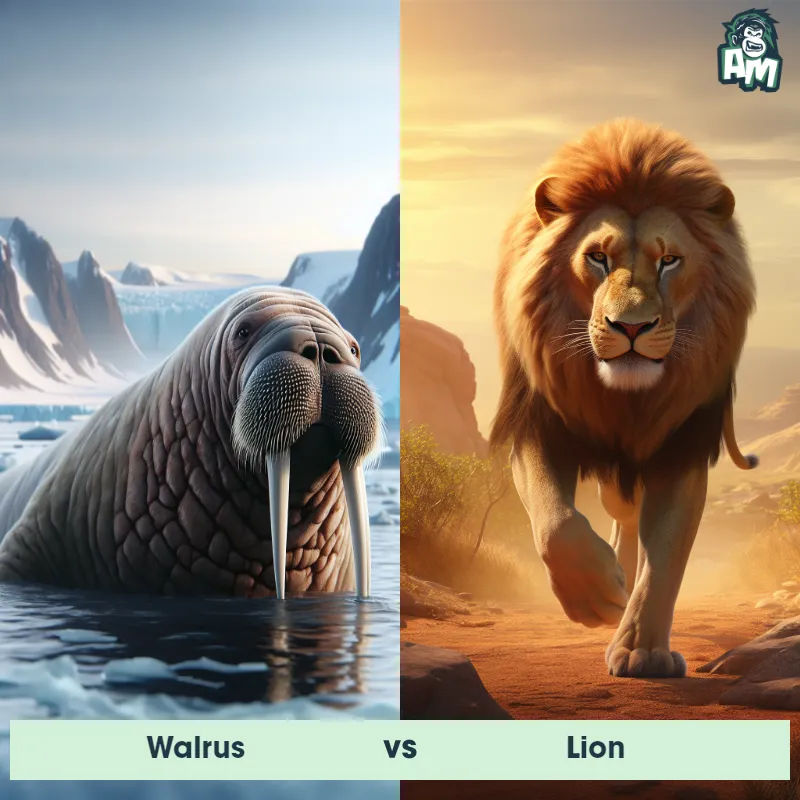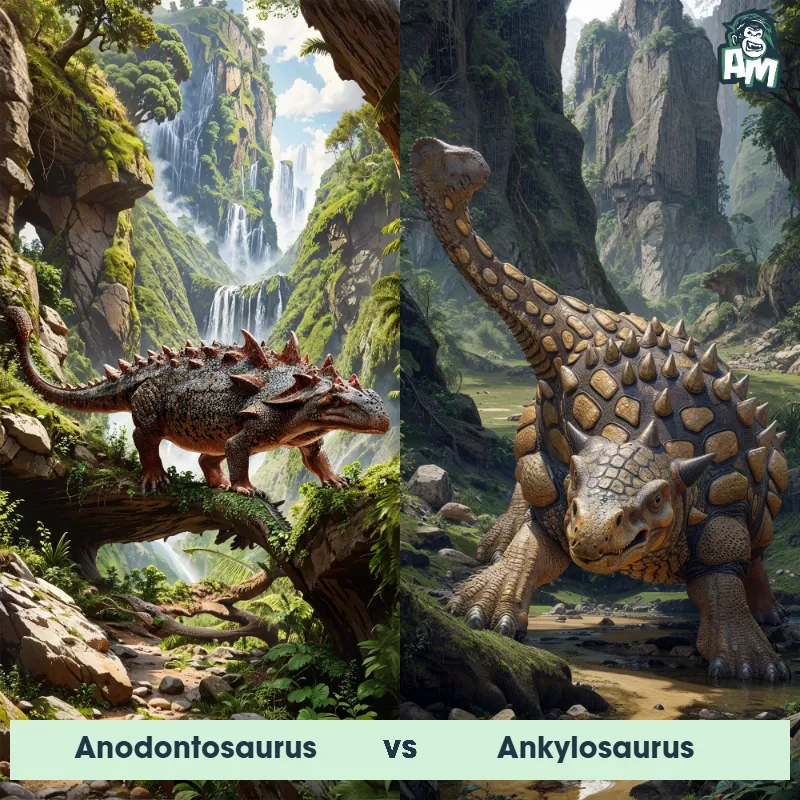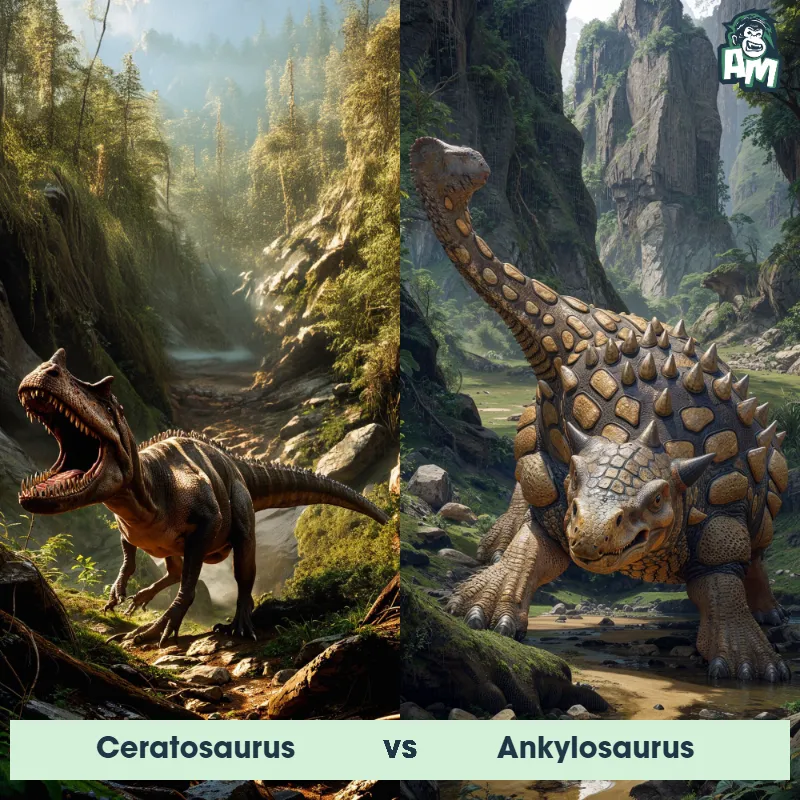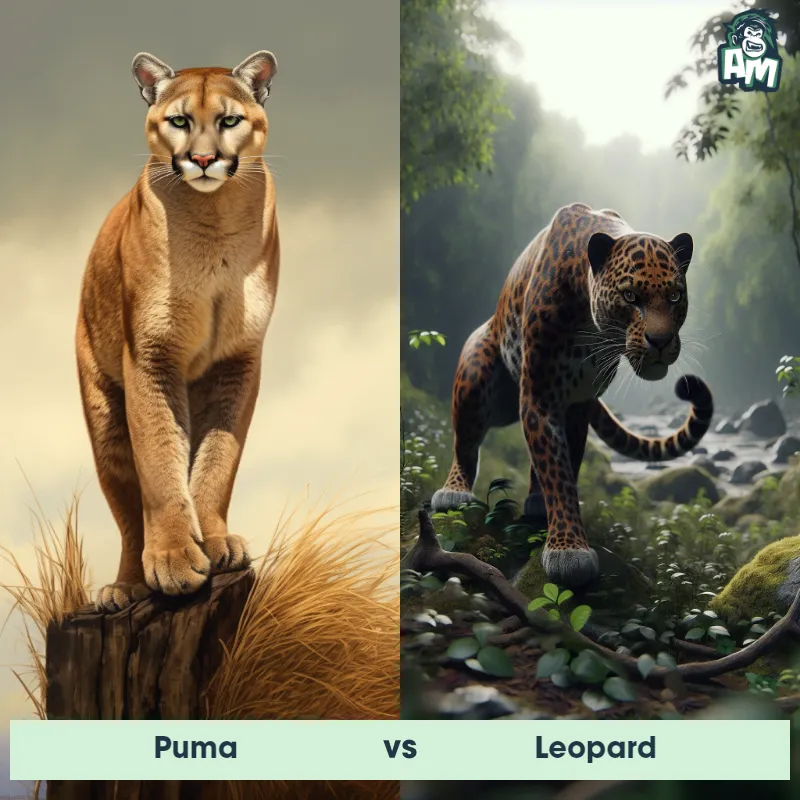Lynx vs CaracalSee Who Wins

Good evening, ladies and gentlemen, and welcome to this thrilling matchup between two fierce competitors in the Animal Arena! Tonight, we have a face-off that promises to be a true test of agility, strength, and prowess. In one corner, we have the Lynx, known for its sharp reflexes and unparalleled hunting skills. And in the other corner, we have the Caracal, renowned for its long, tufted ears and extraordinary leaping abilities. Get ready for an intense battle between these two remarkable felines!
Contender 1: Lynx
The Lynx is a medium-sized wild cat with distinctive tufted ears, short tail, and spotted fur. They have powerful legs and sharp claws, which make them excellent hunters. Lynx are solitary animals and are found in forests and mountainous regions across Europe, Asia, and North America.
Fun Fact: Lynx have excellent hearing and can detect prey up to 75 feet away, even under a thick layer of snow.
Contender 2: Caracal
The Caracal, also known as the African Lynx, is a medium-sized wild cat found primarily in Africa, the Middle East, and parts of Asia. It possesses a sleek and muscular body, standing about 40-50 cm at the shoulder, with a weight ranging between 13-20 kg. This agile predator is known for its distinctive tufted ears, which are long and black, and tipped with long white hairs. Its fur is typically reddish-brown or tawny, with a white belly and prominent black markings above its eyes, resembling smudged tears.
Fun Fact: The Caracal is a remarkable jumper and can leap to impressive heights, reaching up to 3 meters in the air from a stationary position, making it one of the highest-jumping animals in proportion to its body size.
Matchup Stats
| Lynx | Caracal | |
|---|---|---|
| Size | 18-24 inches (45-60 cm) at the shoulder | 40-50 cm at the shoulder (16-20 inches) |
| Weight | 18-24 pounds (8-11 kg) | 13-20 kg (29-44 pounds) |
| Speed | Speed: 50 mph (80.47 km/hr) | 50mph (80km/h) |
| Key Strength | Powerful legs and sharp claws | Agility and powerful jumps |
| Biggest Weakness | Short tail | Not particularly known for its strength in physical combat |
Current Votes
Lynx vs Caracal
See Who Wins
View More Matches
Looking For More?
Similar Matches
Scientific Stats
| Lynx | Caracal | |
|---|---|---|
| Scientific Name | Lynx | Caracal caracal |
| Family | Felidae | Felidae |
| Habitat | Forests and mountainous regions | Various habitats including savannas, woodlands, scrublands, and semi-deserts |
| Geography | Europe, Asia, and North America | Africa, the Middle East, and parts of Asia |
| Diet | Small mammals, birds, and fish | Mainly small to medium-sized mammals (such as rodents, hares, and antelope), birds, and occasionally reptiles |
| Lifespan | 10 years - 15 years | 10 years - 15 years |
Key Differences between Lynx and Caracal
- Tail length and appearance: The Lynx has a short, bobbed tail, measuring around 5-15 cm (2-6 inches) in length, whereas the Caracal has a longer tail, usually measuring 20-30 cm (8-12 inches), with a distinct black tip.
- Leg proportions: The Lynx has relatively long legs, adapted for traversing snow and rough terrain, while the Caracal has shorter legs compared to its body size.
- Size: The Lynx is generally larger and heavier than the Caracal, with an average body length of 80-130 cm (31-51 inches) and a weight of 8-30 kg (18-66 lbs), whereas the Caracal has a body length of 65-95 cm (26-37 inches) and weighs around 8-19 kg (18-42 lbs).
- Coloration: Both species exhibit a range of color variations, but generally, Lynx have lighter fur coloration, including various shades of gray, while the Caracal's fur tends to be a reddish-brown or tawny color.
- Facial markings: The Lynx has prominent facial ruffs, made up of long, light-colored fur around its face, while the Caracal lacks these ruffs and typically has a plain facial appearance.
- Ear tufts: Lynx have distinctive tufts of hair on their ears, which are absent in the Caracal. These tufts can be quite long, measuring up to 4 cm (1.6 inches) in length.



